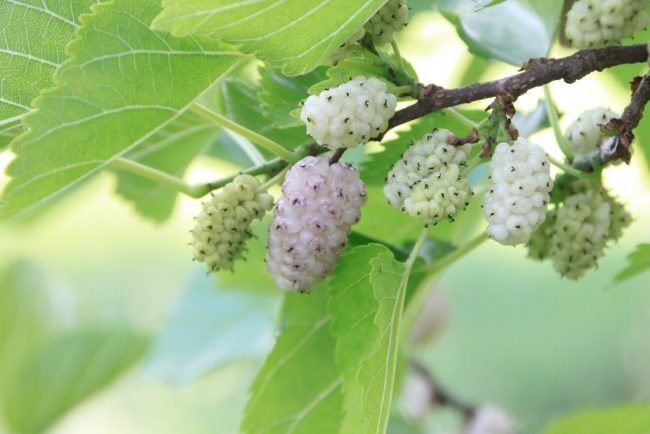While I would love to include all of the information for every area in the United States there simply isn't enough time. So I will provide some basics but I would advise that you do some research in your particular areas. That is not to say that this information won't be useful – just basic. Also, keep in mind that there is a lot of conflicting information out there and while some plants may seem to appear on both lists for “ok to eat” and “Toxic” please know that there are some plants that are good to eat in moderation but unhealthy in large concentrations.
Okay, now that the disclaimers are out of the way let's begin!
1. Multiflora rose (Rosa multiflora), the thorny invader previously described, contains 10-13 percent protein, and it can help ruminants to expel worms. Goats, sheep, cows and horses can eat it. Our goats don’t mind the thorns. After the rose has flowered, our goats may get diarrhea from eating too many of the hips at once. I’ve seen one report of a horse injuring its eye on the thorns.
2. Kudzu (Pueraria montana). Farmers south of us have reported great success with feeding kudzu to cows, goats, sheep, pigs, chickens and horses. It’s high in protein, and apparently highly appealing to many animals. Given its legendary growth rate, it’s a nearly inexhaustible food supply.
3. White mulberry (Morus alba) is an invasive tree in many states. Its protein-rich leaves and stems are a valuable feed for cows, goats, sheep and rabbits; pigs and chickens will eat its fruit.
4. Burdock (Arctium spp.) is a nuisance in pastures. Its flat leaves spread widely, killing everything else; its burrs tangle in animals’ hair. But young burdock leaves, cut before the plant flowers, are rich in protein and minerals. We feed tender small burdock leaves to our rabbits, who tolerate them, and larger leaves to our goats, who relish them. Chickens and cows also will eat burdock leaves, up to a point. Older leaves may accumulate excessive nitrates, so don’t feed them heavily.
*Tip: Some plants are healthy at one stage, problematic at another. For instance, we feed young leaves of burdock and curly dock to our rabbits, but after the plants have flowered we stop feeding. So keep reading to find out more about the final 3 invasive weeds that can be used as feed.
